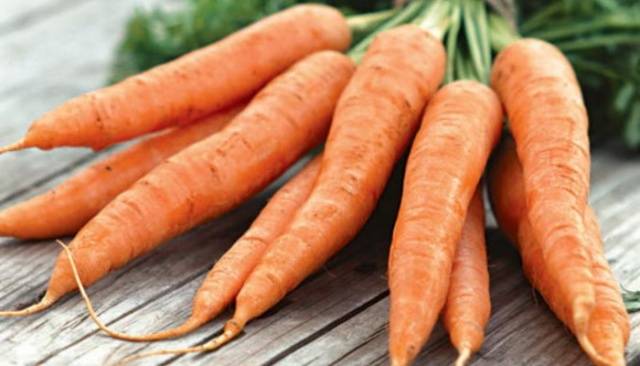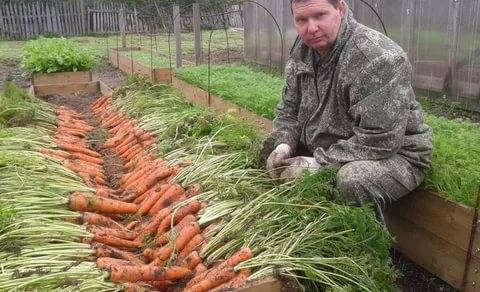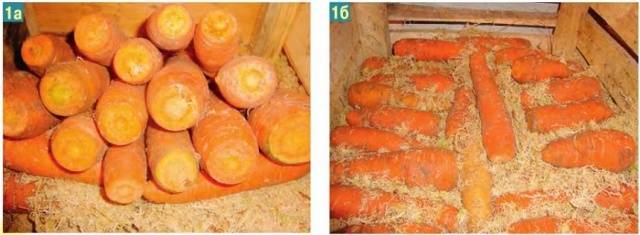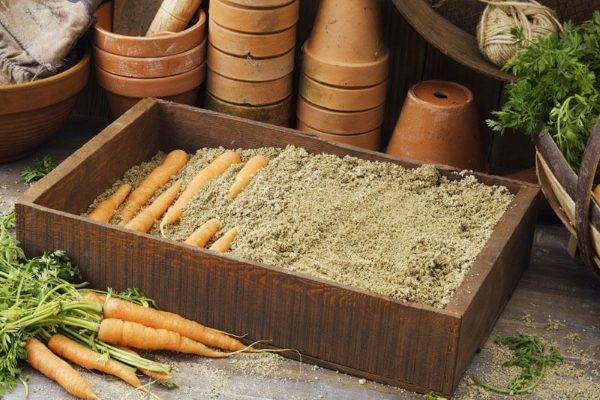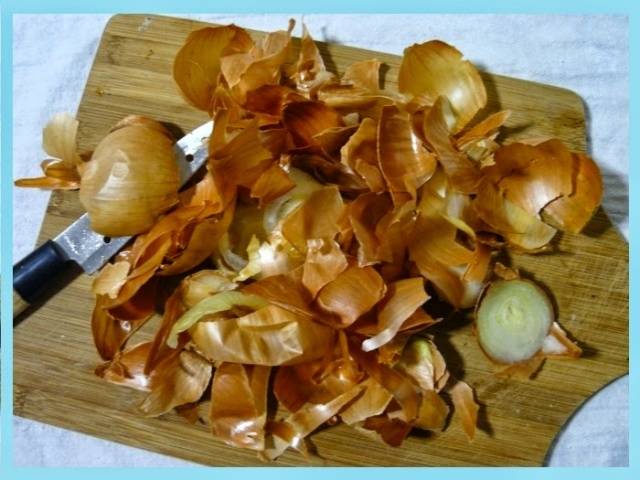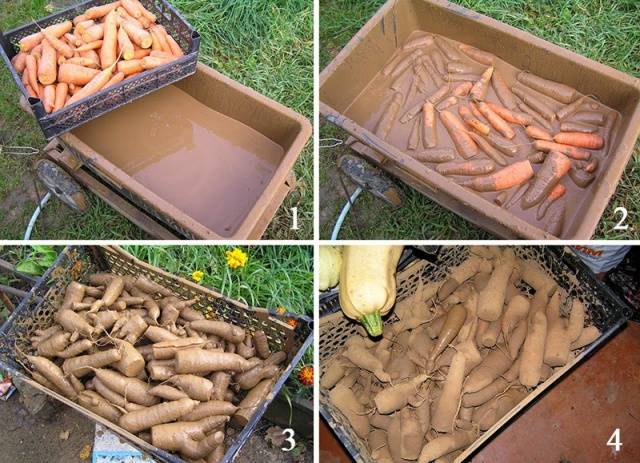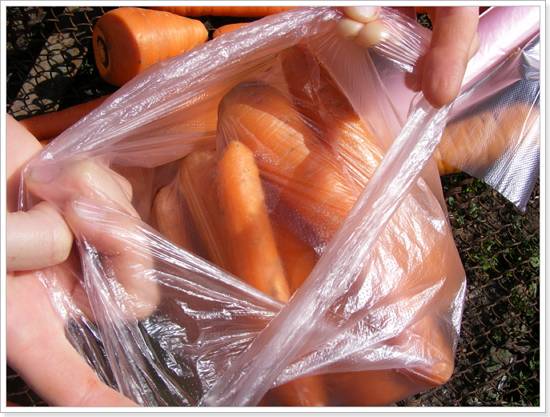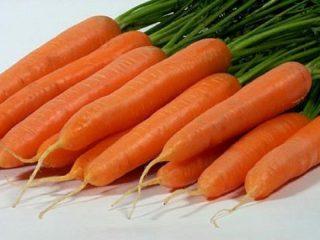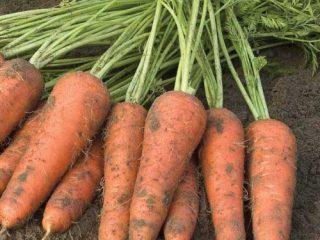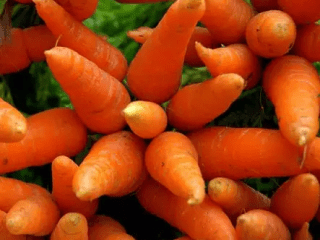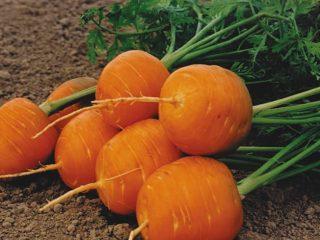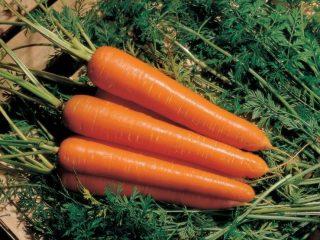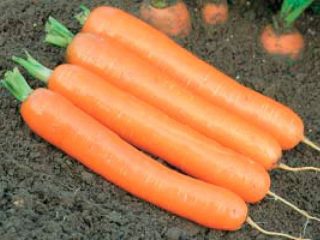Content
All summer long, gardeners work on their plots without straightening their backs. The harvest always brings satisfaction. Now, the main thing is to preserve it in the winter. After all, vitamins are especially needed in winter.
Many novice gardeners are interested in storing carrots in the cellar to avoid rot and blackening. There are many ways to store sweet vegetables; we will try to talk about the most common options.
Choosing the right variety
The issue of storing carrots in the basement includes compliance with harvesting technology, preparation of the place and the correct choice of root crops. Mid-ripening and late-ripening varieties have good keeping quality. Among my favorite varieties there are also early ripening ones. Most often, gardeners choose for long-term storage:
- Moscow winter, a variety with an average ripening period. These carrots are high-yielding, the root crop is dense and juicy.
- Skorospelka Nantes. It also stands out for its yield stability. Ripens after one and a half months from the moment of germination. Can be stored in the cellar until summer.
- Shantane is characterized by medium ripening, sweet, aromatic pulp. It is stored in the cellar and does not rot for up to 10 months.
Harvesting rules
Dry, warm weather is the best time to harvest carrots. The collected root vegetables are slightly dried before storing. Root crops are harvested in the second half of September.
It is not advisable to pull carrots by the tops, so as not to damage them. A pitchfork is used for digging. It is not difficult to select root vegetables from the loosened soil. In addition, they will be without scratches or damage. This means that it will be stored well and there will be no rot on it.
Carrots pulled out of the ground are laid out on the beds so that they warm up and dry in the sun. If the weather does not allow, then sheds or garages are used to dry vegetables. Root vegetables are laid out in one layer at a distance from each other. The quarantine lasts several days.
What to do next to preserve carrots in winter:
- Clean vegetables are placed in the cellar for storage. It is not always possible to clean the dirt: if the carrots grew in clay soil and pieces of earth have dried, there is no need to tear them off.
- Root crops are sorted, separating the vegetables for storage in the cellar without damage or scratches. It is through them that microbes penetrate into vegetables, causing putrefactive processes. One diseased carrot can destroy the entire crop during storage.
- The culling should be processed as soon as possible.
- To store carrots in the cellar, they are sorted by size. Small root vegetables lose their marketable appearance faster; they should be eaten first.
- Using a sharp knife, trim the tops, leaving a tail of no more than 1-2 mm.
The sorted and trimmed vegetables are transferred to the cellar for storage.
Features of cellar preparation
Question, how to properly store carrots in the cellar, especially worries novice gardeners. Everyone knows that this root vegetable is very capricious. If the wrong conditions are created, you can lose your harvest: the carrots become flabby, sprout and rot.
There are special requirements for the place where root crops are stored:
- temperature -2 - +2 degrees;
- humidity not less than 90%;
- the room must be ventilated.
Before storing the root crop in the underground, it is thoroughly cleaned. If necessary, the walls are disinfected - whitewashed with slaked lime. If there is fungus in the storage, then it is better to light a sulfur bomb.
Root vegetable storage options
How to store carrots in the cellar in winter without loss of production and quality of root crops? This is a very important question not only for beginners, but also for experienced gardeners.
It's in the cellar best way to store carrots, subject to the necessary conditions.
In boxes
No filler
- You can use wooden or cardboard boxes to store root vegetables. The carrots are laid in layers and tightly covered with a lid. It is better to place them on high shelves 15 centimeters from the wall, so that moisture does not get into the container with vegetables from the sweaty surface.
- The second option is to simply sprinkle the layers with clean sand:
In the sand with chalk
The question of how best to store carrots in the cellar in winter is decided by each gardener in his own way.
- The first option is using chalk. Prepare a mixture of wet sand and chalk.If the chalk is in sticks, then it is first ground into powder. You will need a wooden box with a lid without holes. Root vegetables are placed in it while standing, just like a vegetable growing in a garden bed. The sand-chalk mixture is poured on top.
- The second option is using chalk. Chalk is diluted in water (does not dissolve completely) until a paste is obtained. Each carrot is dipped into it, dried and placed in a box in layers. Each layer is sprinkled with sand.
- Root vegetables powdered with chalk powder have good shelf life. For every 10 kg of carrots take 200 grams of white powder.
Why do gardeners consider storing carrots this way as the best way? It's all about the chalk. Firstly, this natural mineral, which has alkaline properties, reduces the possibility of bacterial growth. Secondly, carrots do not dry out for a long time and remain juicy and dense.
In pine sawdust
Many gardeners consider the best way to store carrots in sawdust of coniferous plants. They contain phenolic substances that protect vegetables from putrefactive processes. What is the best way to use sawdust? You can lay out the carrots in layers in boxes, sprinkled with wood waste. If the basement is large, then the sawdust is poured directly onto the shelf (not on the floor!), and then the root vegetables are laid out. Layers are repeated.
In bags with onion peels
When peeling onions, collect the peels; they will be useful for storing carrots in the cellar. Place it in a large bag and place the carrots in it. Onion peels are an excellent remedy that will prevent carrots from rotting. Root vegetables are stacked in layers, sprinkled with husks. The bags can be stacked on a shelf or hung on a nail.
Sand pyramids
For this method of storing carrots, you will need almost dry sand. It can be poured on the floor or shelf in the cellar in a thick layer. Having laid the first layer of root vegetables, cover it with sand. The next layers are laid out crosswise. And so on. The height of the pyramid should not be higher than one meter. During storage of carrots, you need to monitor the condition of the sand. If it begins to dry out, the pyramid can be irrigated with a spray bottle.
In a clay shell
Many people may not like this method, since it involves dirty work. But this option is considered the best.
Liquid clay is diluted, carrots are placed in it in batches. Root vegetables must be mixed carefully to form a shell without gaps. The removed vegetables are laid out until completely dry and stored in any container. It is not necessary to cover. What does this method do? Root vegetables do not dry out, remain fresh and juicy for a long time, microorganisms do not damage carrots.
In polyethylene bags
This is a good option, but you need to follow some rules to keep root vegetables in the cellar until spring:
- Place only well-dried and cooled root vegetables:
- Holes are made in the bottom of the bag to allow condensation to drain; the top is not tied tightly.
- The bags are stacked on a stand, not on the floor.
- It is recommended to conduct an audit from time to time.
Shelf life
The question of how best to store root vegetables in the cellar will not be fully answered if nothing is said about the shelf life of the vegetable depending on the method chosen.
Let's consider the shelf life (averaged data):
- In a clay shell, in chalk, in sawdust, in onion peels and in sand - up to 12 months.
- In boxes without filler, in pyramids with sand - up to 8 months.
- In polyethylene bags up to 4 months.
- In the bottom of the refrigerator up to 30 days.
Instead of a conclusion
We talked about how to store carrots in the cellar in winter. And now some tips. Experienced gardeners always share their best practices, including how to keep carrots fresh in winter:
- During storage, you need to regularly monitor the condition of vegetables. When spots or blackening appear on the carrots, they are removed and processed.
- If the tops grow, pruning is urgently required so that the greens do not draw out the juices.
- First, substandard vegetables are used, too small, before they have had time to dry. Large and dense specimens have much higher shelf life.
- No light should enter the cellar.
- In cold cellars, where there is a risk of freezing, root vegetables in containers are insulated with felt.
Which method of storing carrots to choose is up to each gardener to decide for himself. The main thing is that the vegetables remain fresh and juicy throughout the winter.
